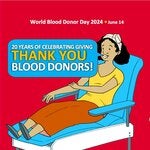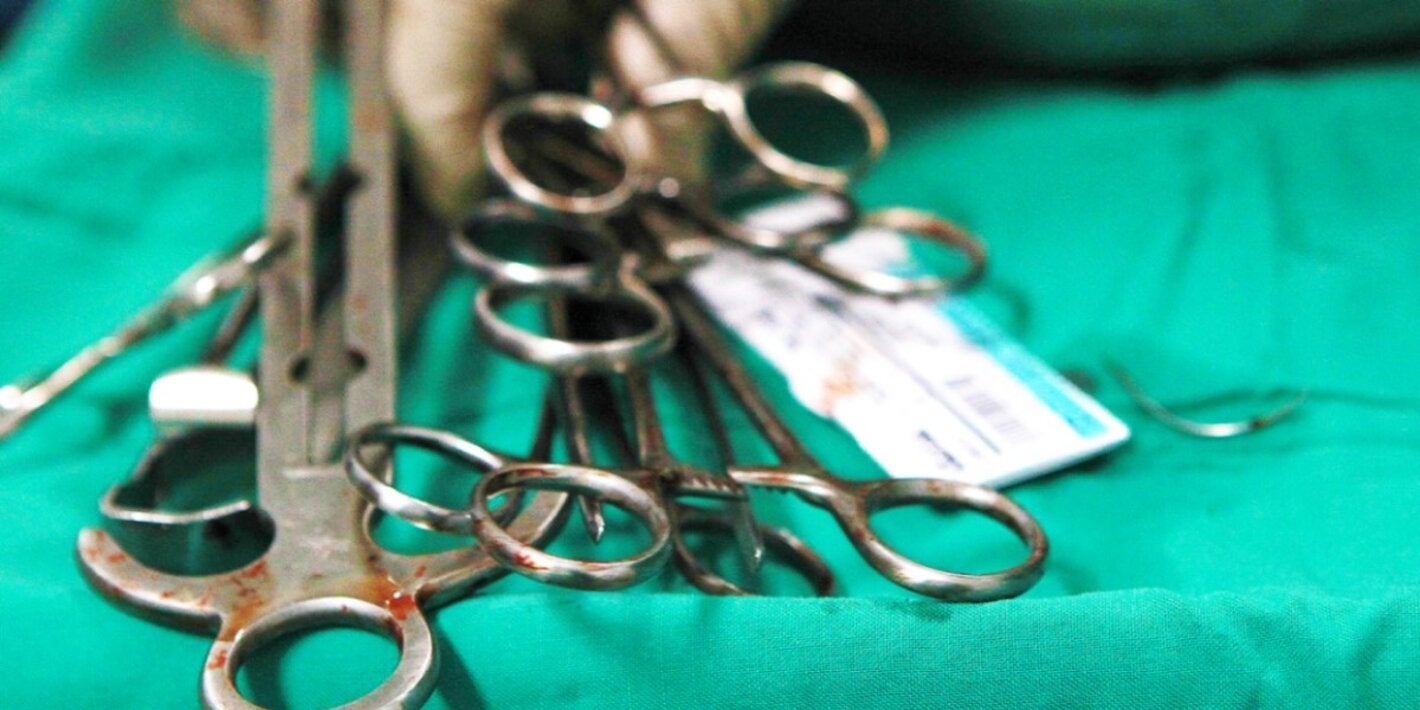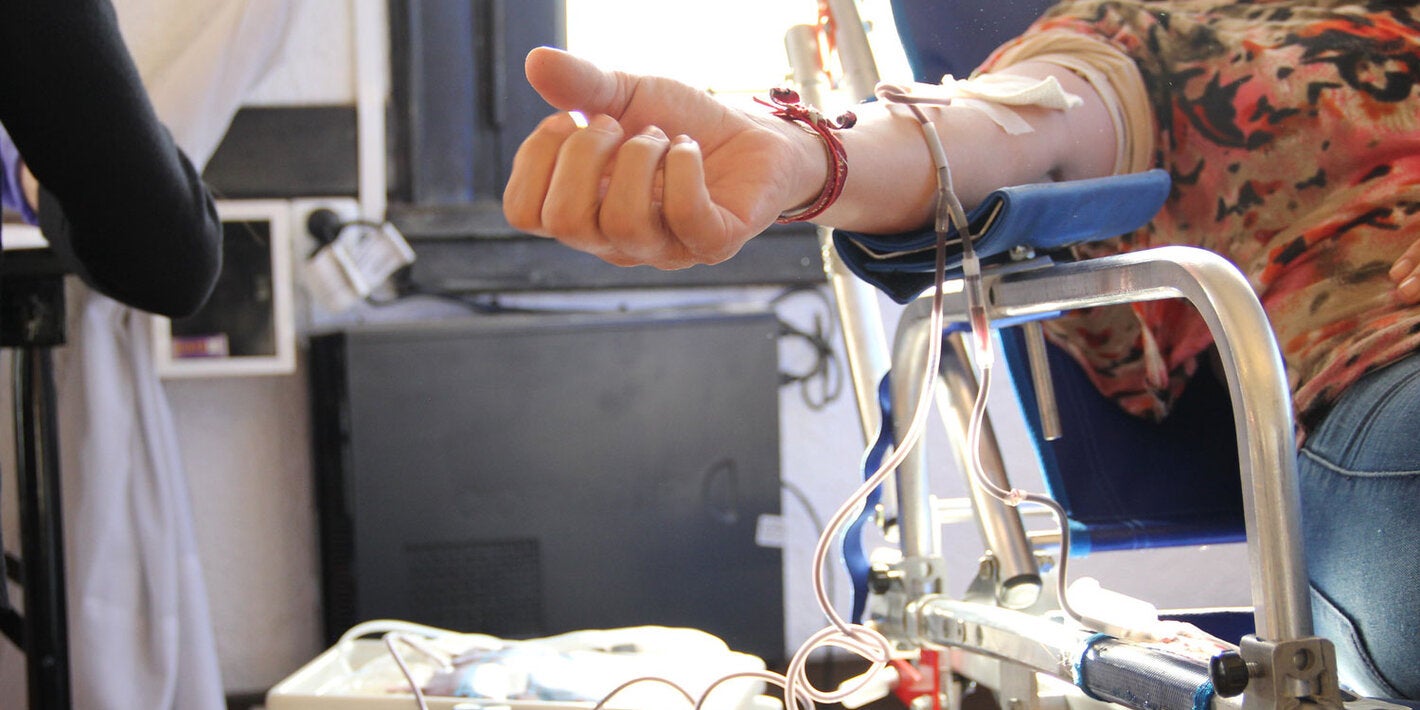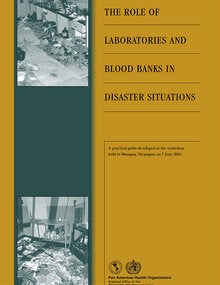Universal access to blood transfusions and safe blood products is an essential service for universal health coverage, helping to save millions of lives and improving the health of people who need them. Blood transfusions have been identified as one of the eight key life-saving interventions in health centers that offer emergency obstetric services.
Transfusions are also necessary for the care of: a) children with severe anemia; b) patients with hemoglobin disorders such as thalassemia and sickle cell anemia; c) people injured in accidents; d) cancer patients; e) people who undergo major surgery and other surgical interventions such as transplants; and f) patients with chronic age-related diseases such as bleeding resulting from vascular problems or orthopedic surgery, among other causes. These groups are particularly vulnerable to blood scarcity and unsafe blood since they are exposed to transfusion-transmitted infections such as HIV and hepatitis B and C.
Regular blood donations help ensure the quality, safety, and availability of blood and blood products for patients in need. Transfusion of blood and blood products helps save millions of lives every year. It can help patients suffering from life-threatening conditions live longer and with a higher quality of life, and supports complex medical and surgical procedures. It also has an essential, life-saving role in maternal and childcare and during the emergency response to man-made and natural disasters.
A blood service that gives patients access to safe blood and blood products in sufficient quantity is a key component of an effective health system. An adequate supply can only be ensured through regular donations by voluntary, unpaid blood donors. However, in many countries, blood services face the challenge of making sufficient blood available, while also ensuring its quality and safety.
- Every year, over 500,000 women die worldwide during pregnancy, childbirth, or the postpartum period, and 99% of these deaths occur in the developing world. An estimated 25% of these deaths are due to hemorrhage during delivery, the most common cause of maternal mortality, accounting for 21% of maternal deaths in Latin America and the Caribbean.
- Maternal mortality from hemorrhage and the subsequent lack of blood for transfusion can be considered a human rights violation.
- An inversely proportional relationship is observed between the maternal mortality ratio and the availability of blood; in countries where the availability of blood is low, maternal mortality is higher.
- In 2011, 9,275,914 units of blood were collected in Latin America and the Caribbean, representing a 3.2% increase in the Region over 2010, with a more significant increase in the Caribbean countries (31%) than in Latin America (2.8%). When compared with global data, these figures put the Region at about average for middle-income countries and at the lower end for high-income countries.
To achieve universal access to safe blood for transfusions key strategies must be strengthened, among them:
- ensuring self-sufficiency in blood and blood products through voluntary non-remunerated blood donation;
- improving the quality of donated blood (from the donor’s arm to the recipient’s arm);
- maximizing appropriate blood use;
- strengthening human resources;
- adopting new advances; and
- establishing strategic partnerships with the different sectors involved in the area.
- Promotes universal, timely access to safe blood in order to save lives and improve the health conditions of all patients who need it.
- Supports the establishment of well-organized, nationally coordinated, and sustainable blood programs and services integrated into health systems with the appropriate legal and regulatory framework necessary to advance toward ensuring universal access to blood and blood products through sufficient supply, quality, and safety, and the appropriate use of blood and blood products.
- Engages in technical cooperation with national blood programs in the Region of the Americas to ensure that they have sufficient quantities of safe blood to provide timely transfusions to all patients who need them.
- Contributes to lowering mortality and optimizing patient care in Latin America and the Caribbean.














